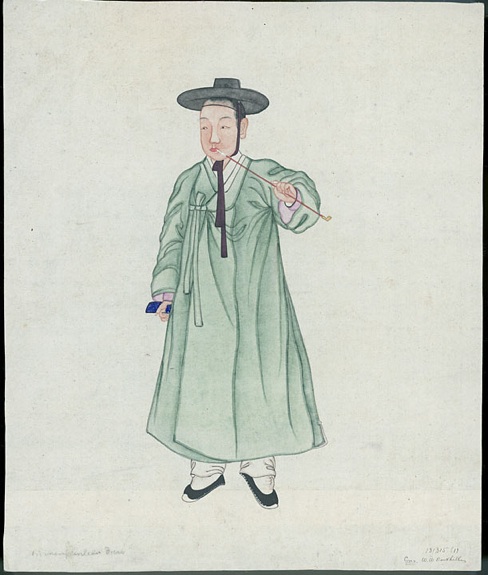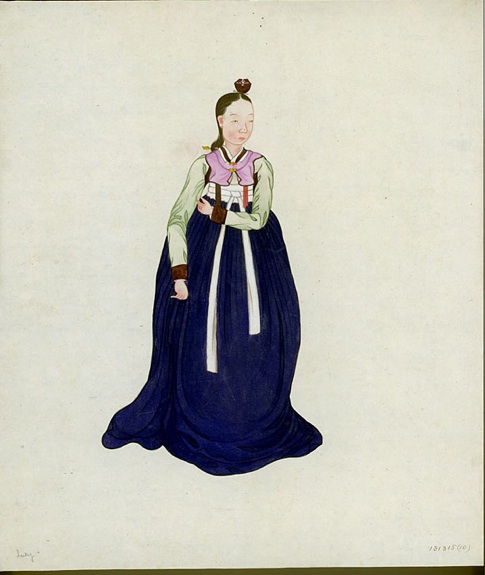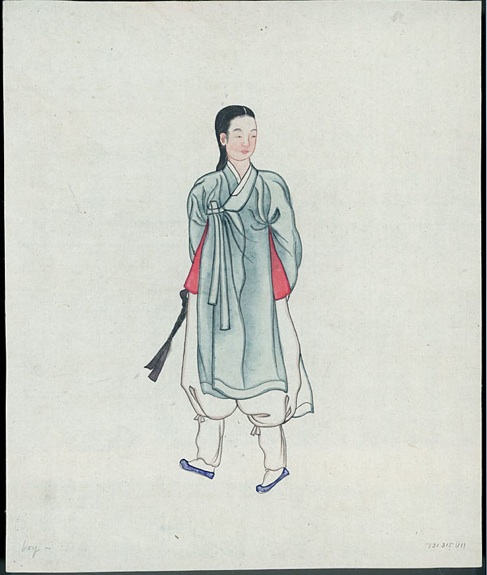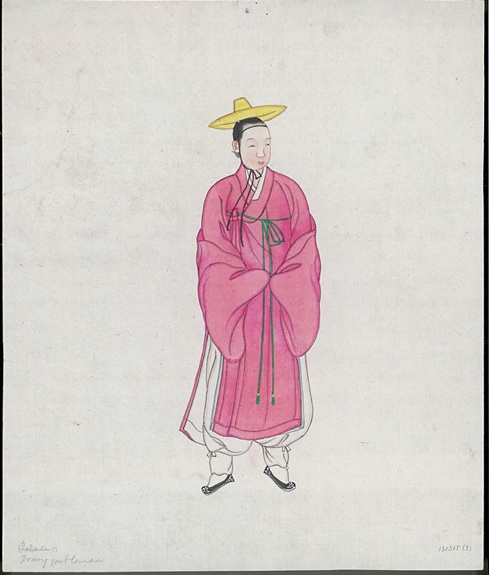Welcome to Threaded! And a Dig Through the Archives
Welcome to Threaded, your go-to fashion blog for all things historical and sartorial
![]() Welcome to Threaded, your go-to fashion blog for all things historical and sartorial! Threaded will explore the history and anecdotes behind clothing, jewelry, accessories, textiles and related paraphernalia.
Welcome to Threaded, your go-to fashion blog for all things historical and sartorial! Threaded will explore the history and anecdotes behind clothing, jewelry, accessories, textiles and related paraphernalia.
The Smithsonian Institution’s archive is vast and rich, spanning centuries and continents. It’s full of stories, folded neatly into suitcases (or, at times, tossed quickly into duffels), waiting to be unpacked (metaphorically speaking, of course!). I’ll be doing that unpacking, unearthing finds from the museums’ collections specific to clothing, dress, costume, and history, and sharing them here on Threaded. In addition to highlighting overlooked gems from the museum’s inventory, I’ll be digging up little-known facts, analyzing stories behind garments, and exploring the provenance of objects, and their relationship to historical and cultural trends from books, museums, online sources, and other archives that speak to the rich history of clothing.
With a sharp eye, savvy sensibility and curious tone, Threaded takes an interest in the everyday garments in our lives and will often examine the many intriguing rarities of human self-adornment from the Smithsonian’s vast collection.
Women’s street dress: Costume includes long hood (changot) and silken embroidered shoes (unhe or suhe).
First up is a collection of 18 watercolors of typical Korean dress that are beautiful in their simplicity and elegant depiction of everyday garb. From a house dress to ordinary civilian dress to a high court official, these images not only detail clothing from that time, but they also clue us into class, status, and occupation in Korean society.

Ordinary civilian dress: Costume includes wide-brimmed, black horsehair hat (kat); informal outer robe (turumagi); informal shoes (pal-maksin); and long tobacco pipe (changjuk or tambaettae).
Arriving at the Smithsonian around 1890, the artist and date painted are unknown. It does appear, though, that generally they were painted around that time. The series was donated by William Woodville Rockhill (1854-1914), a United States Diplomat, linguist, and scholar. His story is worth mentioning: he was the first American to learn Tibetan and to befriend and advise a Dalai Lama.

Lady: Costume includes blue skirt (nam ch’ima); light blue or jade-colored jacket (oksaek chŏgŏri); crown (chokturi); hairdo (nangja style); and ornamental hairpin (pinyŏ).
With their billowing shapes and voluminous silhouettes, in contemporary culture, these outfits are most reminiscent of today’s fashion designers like Rei Kawakuba and Yohji Yamamoto. Yet, this collection is an example of hanbok, or traditional Korean clothing, a style of dress that went through various trends over the centuries, particularly throughout the Josean Dynasty (1392-1897), for when it’s best known.
Boy: Costume includes short outer robe (soch’angot); hairdo (kwimit-mŏri-style the style worn before the coming of age); and hair ribbon (tanggi or taenggi).
Young gentleman: Costume includes hat (paeknip ); formal outer robe (k’ŭnot or chijnyŏng); and formal shoes (t’aesahe).
It’s no doubt that these watercolors, or illustrations like them representing traditional styles from the Josean hanbok toward the end of the 19th century, have served as inspiration for these contemporary designers. Hanbok has influenced not only Korean fashion, but fashion in general, spawning what’s known as fusion hanbok, examples of which you can see on the runway from the likes of Christian Dior and Carolina Herrera.
Seeing this mode of dress reflected in the trends of today emphasizes the strength of its deep roots. William Woodville Rockhill deserves a knowing pat on the back for hanging onto these watercolors and having the good, fashion-forward sense to designate them for the Smithsonian.
Images (all): National Anthropological Archives, Smithsonian Institution
/https://tf-cmsv2-smithsonianmag-media.s3.amazonaws.com/accounts/headshot/emily-spivack-240.jpg)



/https://tf-cmsv2-smithsonianmag-media.s3.amazonaws.com/accounts/headshot/emily-spivack-240.jpg)